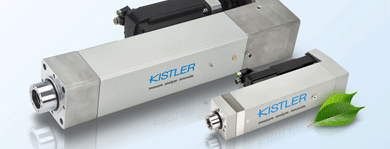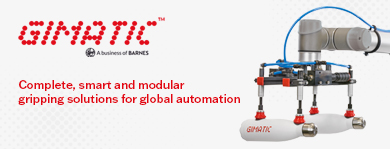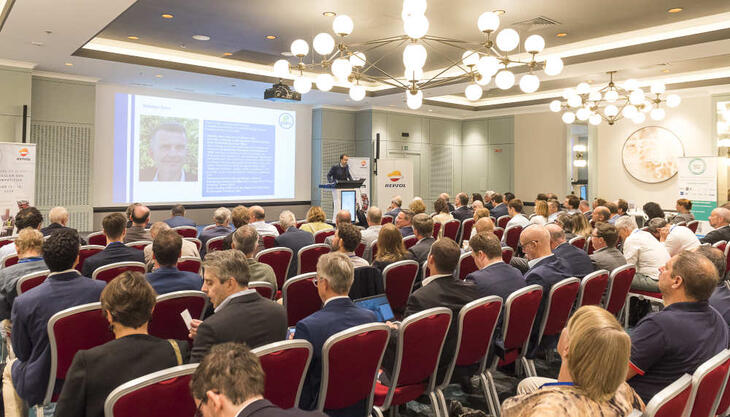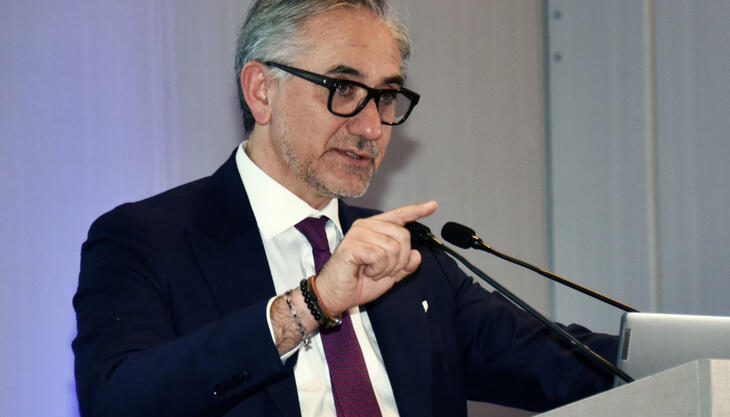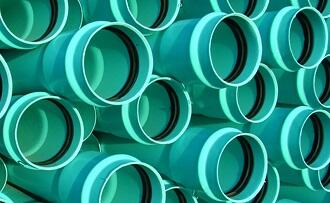
In 2016, sales of PVC in the US and Canada rose considerably (+4.4%, taking the total volume to around 7 million tons), while sales of PP and PS saw less marked increases. These figures are among data released by the American Chemistry Council, which, for these materials as a whole, has estimated growth rates of 3.7% and 5.7% for the domestic and export markets, respectively.
With regard to applications, supplies of PVC for pipes and conduits - this sector accounts for 45% of domestic consumption - are reported to have increased by 5%, taking the volume over the 2 million ton mark. Other strong sectors were film and sheets (+16%), doors and windows (+17%), and fences and covers (+18%). Still with reference to 2016, over 63% of demand for PVC came from the construction sector: construction sites increased by 5% in 2016, an increase that resulted in a total of almost 1.2 million new buildings constructed. This was therefore the seventh consecutive year of growth for the sector, coming in the wake of the 2005 peak when over 2 million buildings went up and the subsequent crash, in 2009, to just 554,000. This positive trend in the building sector is underpinned by interest rates, now at a historic low, which have encouraged the purchase and renovation of real estate.
Conversely, sales of PP were weak (-2.5%) last year, whereas exports, mainly to Nafta countries, soared (+114%). The only positive result on the domestic market concerned the moulding of containers in PP (sales of which were up by 2.4%), whereas sales of injection-moulded household goods (-8%) and extruded film and filaments (-9% and -12% respectively) dipped.
Finally, looking at the performance of PS, turnover (excluding PS foam) in 2016 increased by 0.2%, resulting in a total volume of almost 2 million tons. Food packaging, which makes up around 63% of the local market, was the leading sector (+1.3%). However, competition from materials like PP and PET is fierce, and they are actually often preferred as they cost less and are easier to recycle.






